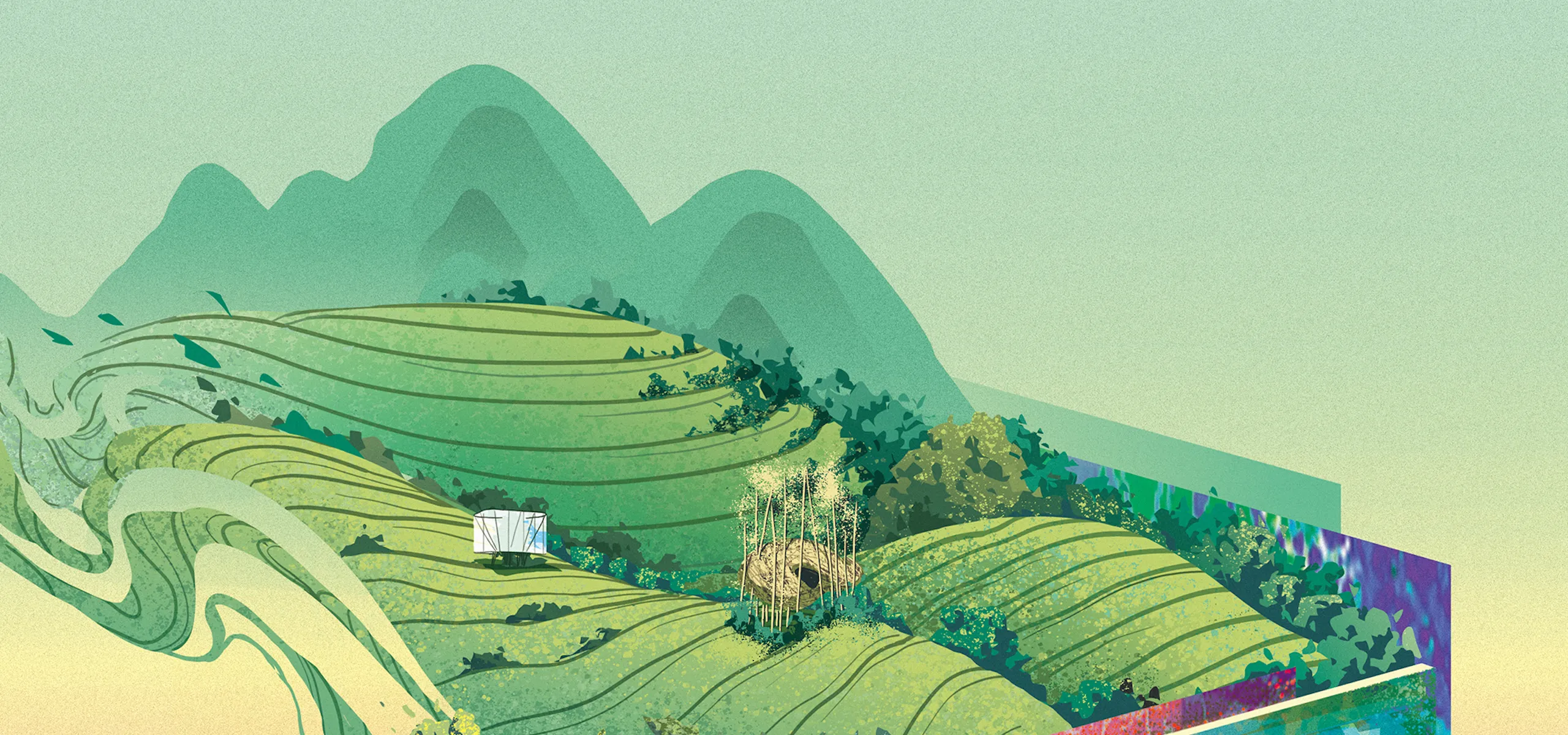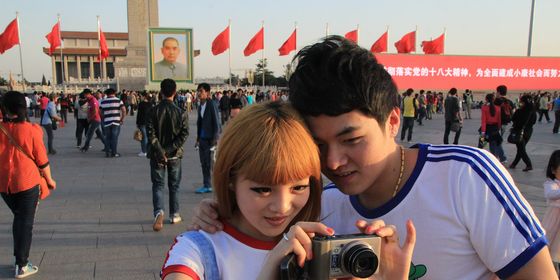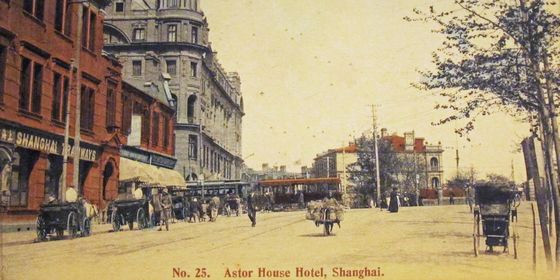Art festivals try to bring visual culture to China’s villages, but are they being put to good use?
For centuries, the sprawling terraced fields above Hanxi village, Fuliang county, had nurtured the highland region’s famous black tea: “The merchant cared more for money than for me, one month ago he travelled to Fuliang to purchase tea,” goes the poem “The Pipa Player” by BaiJuyi (白居易) in the ninth century, describing the attractions of the tea from the viewpoint of the merchant’s wife.
Yet in May of 2021, Hanxi’s tea terraces had new company—a huge lantern-like installation standing at the top of the hill made of see-through fabric. By daytime you could see the tree encased within it, while lighting up with ambulating contours at night.
This is The Light of the Earth, created by Chinese architect Ma Yansong and inspired by Fuliang’s mountainous landscape. Located outside China’s porcelain capital of Jingdezhen, Jiangxi province, Fuliang was once where artisans gathered in the Song dynasty (960 – 1279) to produce porcelain directly for the emperor’s stores. But today, artists, architects, and musicians are flocking here under a different sort of invitation: to turn Fuliang’s unremarkable village buildings, abandoned warehouses, barren land, and empty tea gardens into an open-air gallery.
Art at Fuliang, the first Chinese edition of the Echigo-Tsumari Art Field Triennale festival, began in May of 2021 with 26 artists from five different countries invited to give new life to Fuliang’s landscape and cultural heritage. Deploying local resources and workers, even turning locals’ stories into visual exhibits, the artists completed 22 projects that drew in around 50,000 visitors in May last year, and tried to create a new model for rural revitalization.
Like the countryside of Japan’s Niigata prefecture, which began the Art Field Triennale in 2000 to bring visitors to its aging and natural-disaster stricken villages, China’s rural regions face similar problems of depopulation, poverty, and environmental degradation. A massive flow of labor from the countryside to the cities has deprived villages of young life and economic opportunity, while pollution and construction have degraded the natural environment.
Curator and educator Zuo Jing, however, tells TWOC that projects like Art at Fuliang should not be categorized as “rural art” per se—“there’s no such concept”—but rather, “rural reconstruction through culture and art.” The basic idea is “to participate in the development of the countryside from the perspective of culture and art, to emphasize the creative power of art to bring sustainable development, increase locals’ consciousness, as well as pride and happiness,” he explains.
Art in the Field: Can Art Help China’s Villages Prosper? is a story from our issue, “State of The Art.” To read the entire issue, become a subscriber and receive the full magazine.













